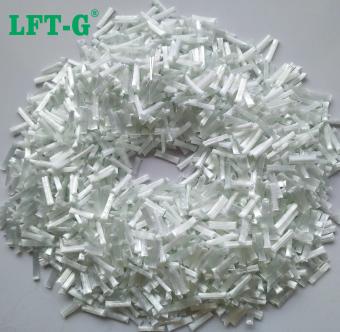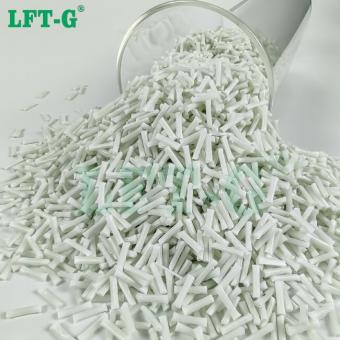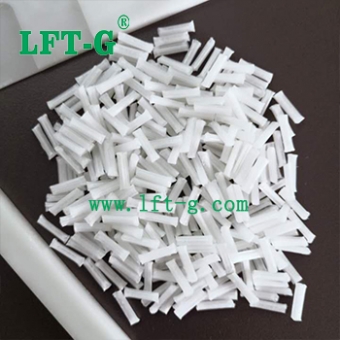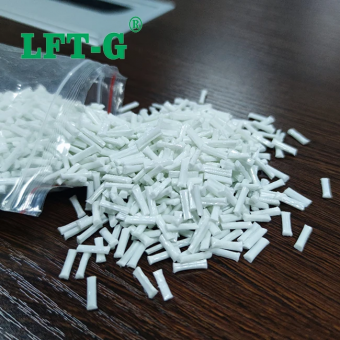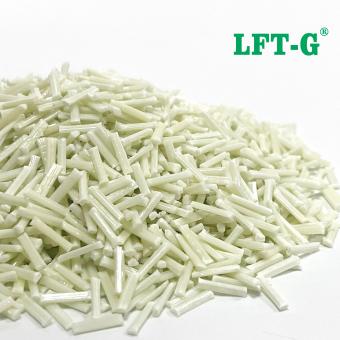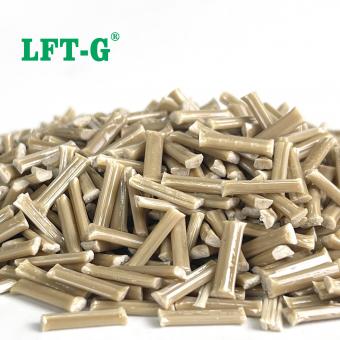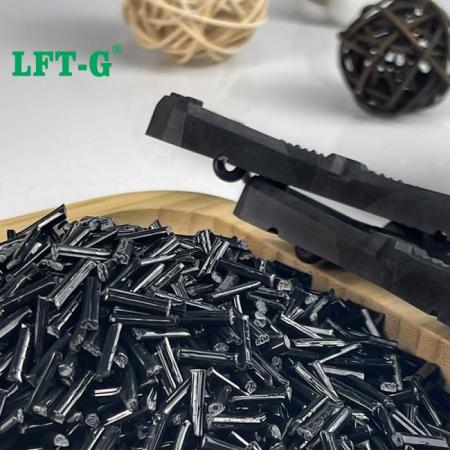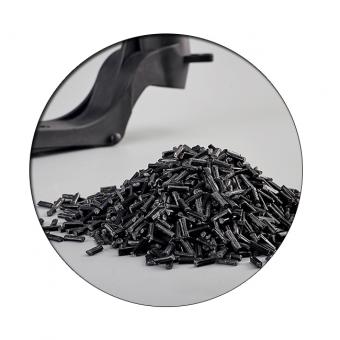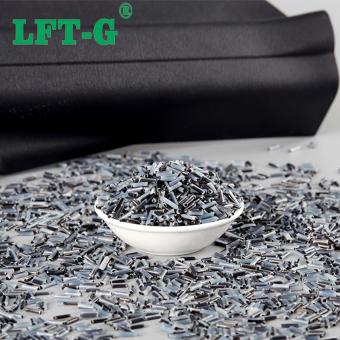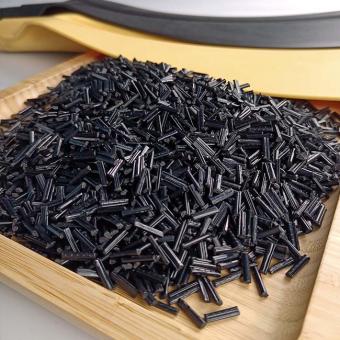PP Carbon Fiber
Key Performance Features
Mechanical Performance
Excellent Impact Strength: Provides superior toughness and resistance to impact and fatigue.
High Rigidity and Strength: Long glass fibers greatly enhance mechanical performance and load-bearing capacity.
Outstanding Dimensional Stability: Ensures minimal warpage and shrinkage for precision components.
Enhanced Creep Resistance: Compatible with injection and extrusion molding, allowing efficient mass production.
Thermal & Environmental Resistance
Excellent Heat Resistance: Maintains structural integrity and performance under elevated temperatures.
Superior Chemical Resistance: Withstands exposure to oils, fuels, and many industrial chemicals.
Processing Advantages
Good Processability: Meets special requirements for electronic device shielding.
Comparison: Long Carbon Fiber vs. Short Carbon Fiber Composites
|
Property
|
PP-LCF
|
PP-SCF
|
|
Fiber Length
|
Typically > 5 mm
|
Typically < 0.5 mm
|
|
Mechanical Strength
|
★★★★☆
|
★★☆☆☆
|
|
Impact Resistance
|
★★★★☆
|
★★☆☆☆
|
|
Creep Resistance
|
Excellent
|
Moderate
|
|
Fatigue Resistance
|
Outstanding
|
Limited
|
|
Load Transfer Efficiency
|
High due to continuous fiber path
|
Lower due to discontinuous fibers
|
|
Weight Optimization
|
Better stiffness-to-weight ratio
|
Heavier for same strength target
|
|
Surface Finish
|
Rougher (can be optimized)
|
Smoother
|
Applications
PP long carbon fiber (PP-LCF) materials are widely used in areas requiring high strength, excellent wear resistance, and dimensional stability. Typical applications include:
-
Automotive engine covers, structural brackets, and powertrain components
-
High-performance electric tool housings and precision mechanical parts
-
Wear-resistant bearings and connectors in industrial automation equipment
-
Structural parts and heat dissipation components in electronic devices
-
Lightweight structural components for aerospace applications
-
Premium sporting goods and competitive equipment
-
High-strength structural components for medical devices
You're always welcome to discuss your project with our technical experts.
We’ll share similar application cases and provide professional technical support from material selection to mold design.

Customization Services
We offer tailor-made formulations based on your technical and processing requirements. Customizable parameters include:
-
Carbon fiber length and content (typically 20%–60%)
-
Surface appearance and color
-
Antistatic or ESD properties
-
Flame retardancy, UV resistance, or thermal stability, etc.
-
Pellet size and compatibility with injection molding or extrusion
About Us
Xiamen LFT Composite Plastic Co., Ltd. is a trusted manufacturer specializing in long fiber reinforced thermoplastic (LFT) materials. Backed by an experienced technical team and decades of industry expertise, we serve global customers with:
-
Advanced material R&D and processing know-how
-
Stable supply chain and reliable lead times
-
One-stop support from design to final product
-
Commitment to sustainable and high-performance composites


 e-mail
e-mail English
English français
français Deutsch
Deutsch русский
русский italiano
italiano español
español português
português العربية
العربية 日本語
日本語 한국의
한국의 中文
中文






